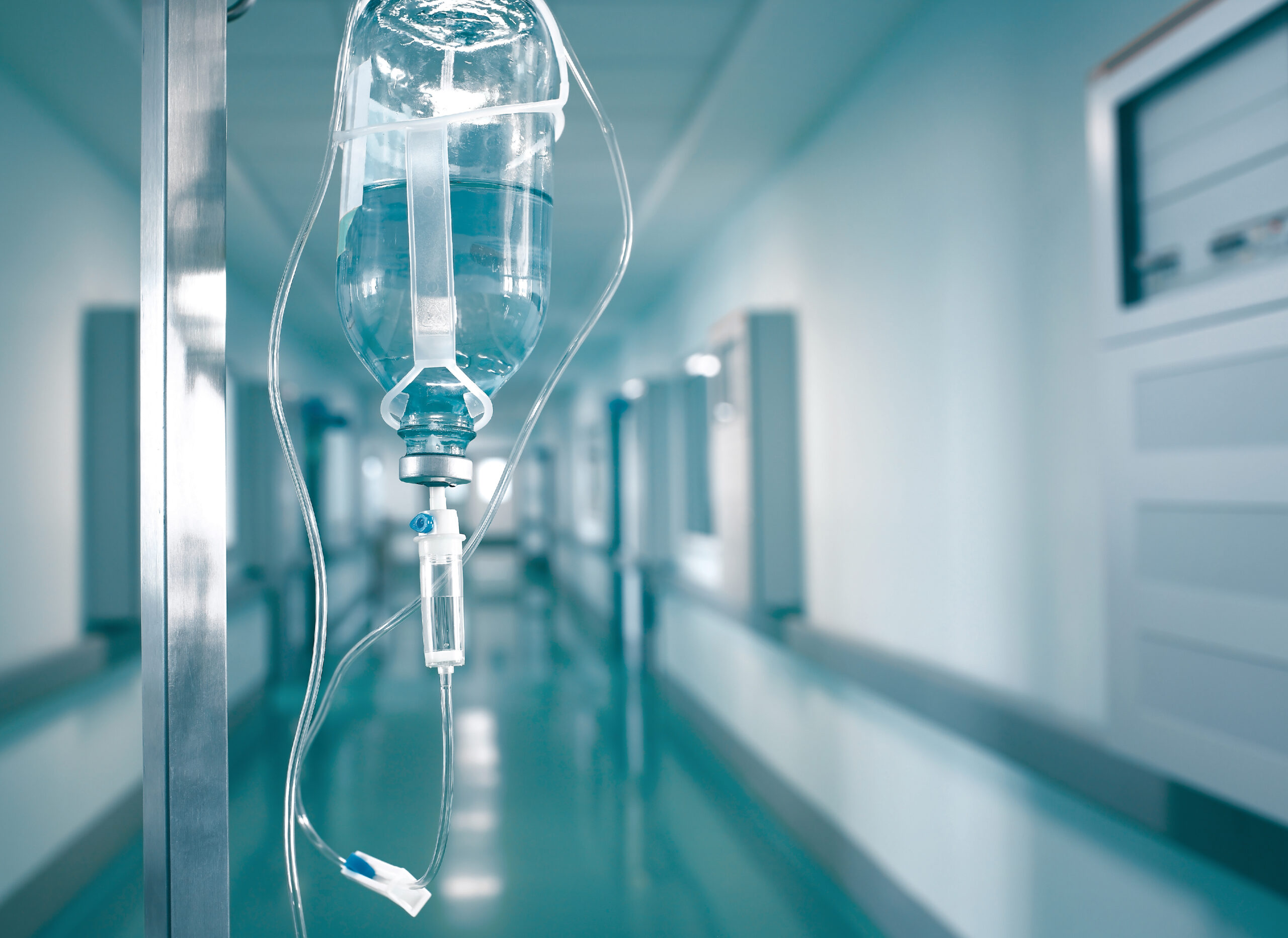Your smartphone harbors ten times more bacteria than a toilet seat, yet most Americans ignore this dangerous germ factory they handle hundreds of times daily.
Story Overview
- Smartphones carry 10x more bacteria than toilet seats despite constant handling
- Only 16.5% of Americans regularly clean their phones while 74.5% bring them into bathrooms
- Healthcare workers’ contaminated phones pose serious infection risks in clinical settings
- Tech experts provide safe cleaning methods using alcohol-based wipes to avoid device damage
The Hidden Health Hazard in Your Pocket
Recent studies reveal a shocking reality about smartphone hygiene that should alarm every health-conscious American. While 87% of people wash their hands after using the toilet, research shows phones accumulate dangerous pathogens including Staphylococcus, E. coli, and antibiotic-resistant bacteria. These devices become breeding grounds for harmful microorganisms, creating an invisible threat to personal and family health that goes largely unaddressed in daily hygiene routines.
The contamination problem stems from phones accompanying users everywhere, including high-risk environments like bathrooms, kitchens, and hospitals. Survey data confirms 74.5% of Americans bring phones into bathrooms, yet device cleaning remains rare. This behavioral disconnect creates a persistent vector for disease transmission, undermining the effectiveness of traditional hand hygiene practices that Americans have embraced.
🦠 The Filth You Carry Everywhere: It’s Not the Toilet!
Think the toilet is the germ king? Think again. Everyday objects you touch more often are actually nastier. Here’s what’s hiding on them and exactly how to fix it👇
📱 Phone — pressed to your face all day. It picks up skin… pic.twitter.com/8BUxyimSR7
— HealthFIRST (@healthwiseHQ) August 20, 2025
Healthcare Settings Face Critical Infection Control Risk
Healthcare facilities represent ground zero for smartphone contamination dangers, where infected devices can facilitate healthcare-associated infections among vulnerable patients. Medical professionals frequently use personal phones during clinical work, creating cross-contamination pathways between patients and sterile environments. Studies document antibiotic-resistant pathogens thriving on healthcare workers’ devices, posing serious risks to infection control protocols that hospitals have spent decades perfecting.
The implications extend beyond individual health concerns to broader public health challenges.
Contaminated phones in healthcare settings can contribute to HAI outbreaks, driving up medical costs and undermining patient safety initiatives. Some forward-thinking hospitals are implementing device disinfection stations and UV cleaning technologies, but widespread adoption remains limited across the healthcare industry.
Watch;
Expert-Approved Cleaning Methods Protect Devices and Health
Technology experts recommend alcohol-based wipes as the safest cleaning solution for smartphones, providing effective disinfection without risking device damage. The key involves using 70% isopropyl alcohol wipes while avoiding excessive moisture that can penetrate device openings. Users should power down phones before cleaning, wipe all surfaces including cases, and allow complete drying before reactivation to prevent internal component damage.
Proper cleaning frequency should match the device’s exposure risk, with daily cleaning recommended for healthcare workers and frequent public venue users. Avoid harsh chemicals, abrasive materials, and submerging devices in liquids, which can void warranties and cause permanent damage. This practical approach enables Americans to maintain device functionality while protecting themselves and their families from preventable infections through simple, consistent hygiene practices.
Sources:
Cell Phone Usage in Toilet Survey – BankMyCell
PMC Article on Mobile Device Contamination
PMC Healthcare Mobile Device Study
JMIR Mobile Health Device Research











